You may have heard the phrase “e-coated jewellery” and wondered what it is. Also known as electrodeposition or electro-coating, e-coating isn’t such a bad thing in the long run. After reading this article, you’re going to feel confident about informing your customers about what e-coating is and the benefits of it.
What is E-Coating?
E-coating is the process of covering an object in a fine layer of lacquer using electric currents. If done right, the layer is consistent, even, and most importantly, unnoticeable.
Why Do People E-Coat Jewellery?
There are several reasons why jewellery is made with a layer of e-coating.
E-coating helps to protect jewellery from wear and tear. It’s basically an extra layer of protection to prevent scrapes and scratches that may otherwise happen without it.
There are also the jewellery designers who want their metals to be a different, unconventional hue. Metals are usually only available in a very small number of colours. With e-coating, vibrant and eye-catching pigments such as blue or purple are possible. When compared to enamel or polymer clay, e-coated items still have a metallic feel to them.
Since e-coating involves completely submerging the metal part of a design, even the most complex objects are easily coated.
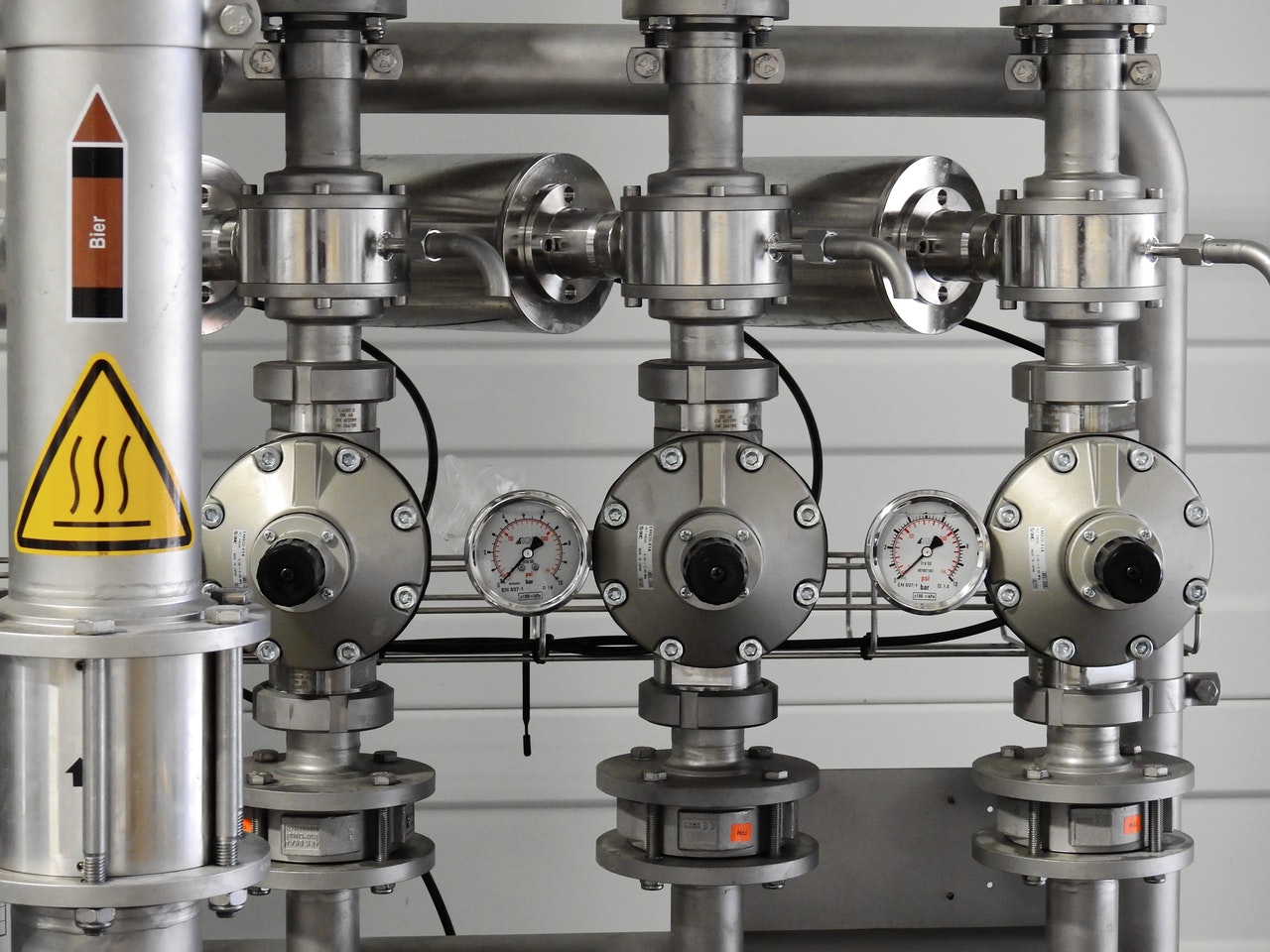
What is the Process Like?
The process for e-coating may differ depending on who is doing it, but generally speaking, the steps are the same. Let’s say you wanted to e-coat a ring. The process would be as follows:
- First, the ring is cleaned and polished to ensure it’s free of any dirt, scratches, or other imperfections. This is to ensure the jewellery is smooth so the e-coating is even and consistent.
- The ring is then rinsed in distilled water. This is to prepare it for the process.
- Afterwards, the ring is submerged in a solution of water and e-coating. An electric current passes through the mix, causing the e-coating to stick and fuse to the metal. This, however, is only surface-deep and doesn’t chemically affect the metal.
- The ring is then heated in a kiln or an oven. This process hardens the e-coat, makes it more durable, and gives it a clear, glossy appearance.
- The ring is once again polished and ready to be sold.
What Else can be E-Coated?
Almost anything can be e-coated. Other industries that use this method include electronics and automotive, but there are plenty others out there.
What Can’t be E-Coated?
There are a number of items that can’t be e-coated, but since we’re focusing on jewellery, there’s one type we need to mention: costume jewellery. This is because the metals used in costume jewellery can be burned, and ultimately, ruined.
Always research what kind of metals can be e-coated before buying jewellery that has been e-coated, or before doing it yourself. Typically, sterling silver and karat gold are used in this process because they can sustain it. Occasionally metals like titanium and niobium are used, but they’re harder to do so and some manufacturers will refuse them as a result.
As well, make sure that any gemstones (especially simulated or fake ones) and enamel components are added either after the fact, or avoided altogether.
There are a few designs that are harder to e-coat because of the complexity. Always confirm with your supplier that they can work with what you’re offering.
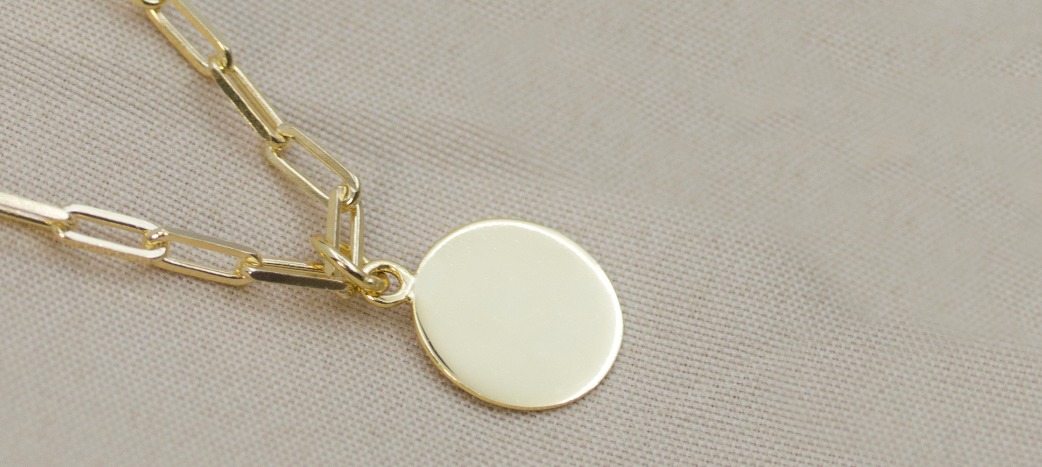
Does the E-Coating Wear Off?
If e-coated jewellery is taken care of properly it can last for years. If not, then yes, it could wear. It’s more noticeable if the e-coat is a contemporary colour as opposed to something traditional or clear. Remember, just as with any other kind of jewellery, if properly taken care of, it can last a very long time.
Can Jewellery be Re-Coated?
If you want to change the colour of an accessory after it’s been e-coated you can. Similarly, if the colour has worn off it can be re-coated after removing the initial layer.
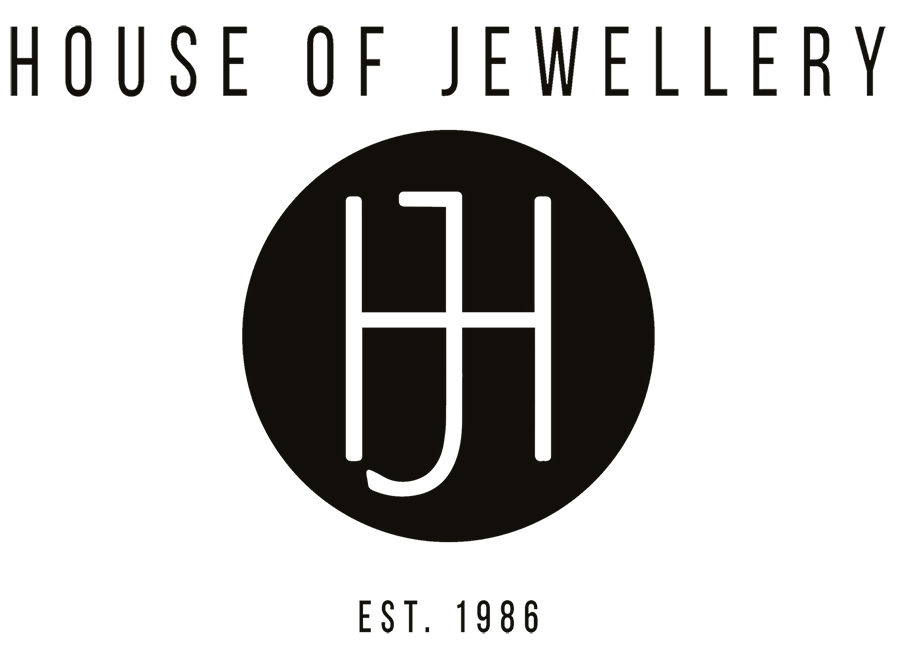
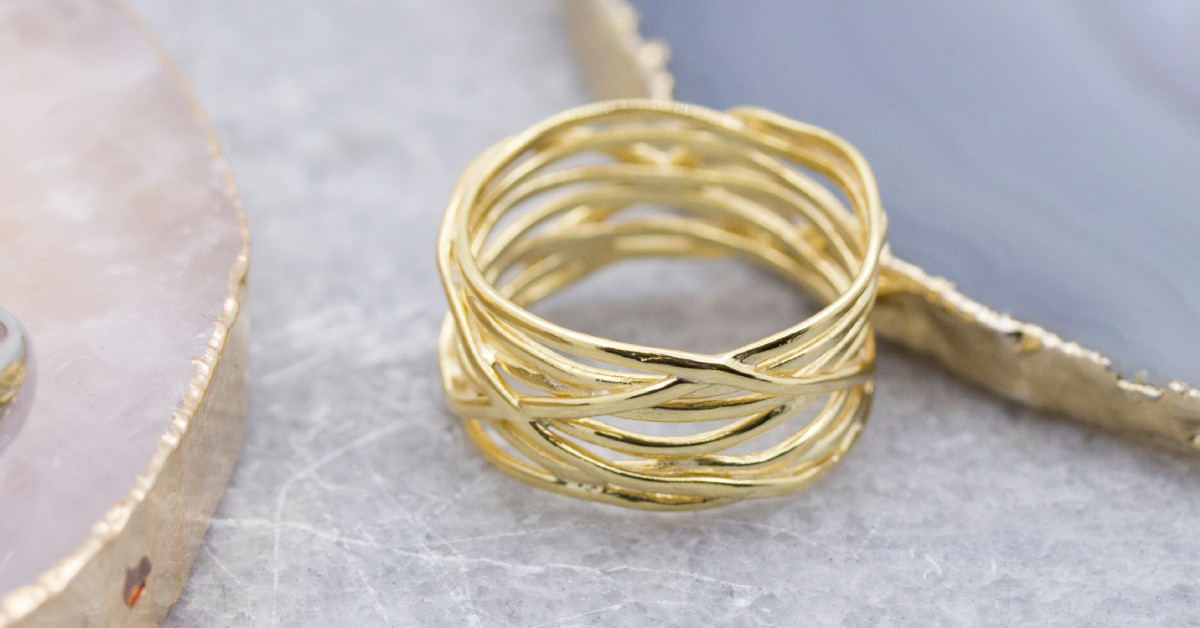


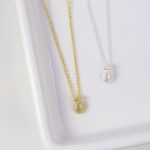
Very cool!
I want to know if it´s possible e-coated any material like stainless steel?